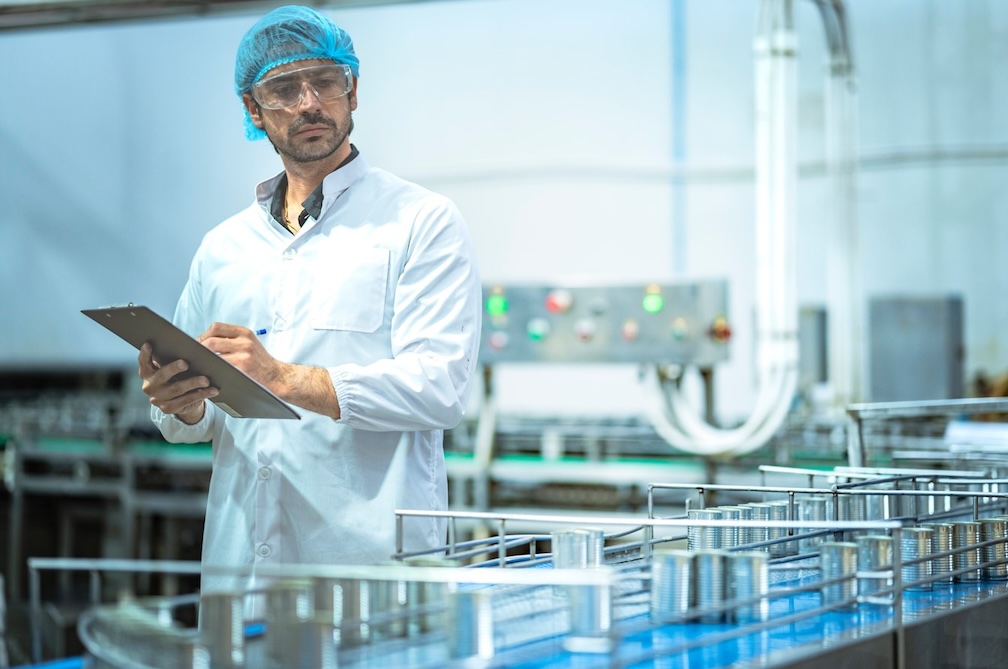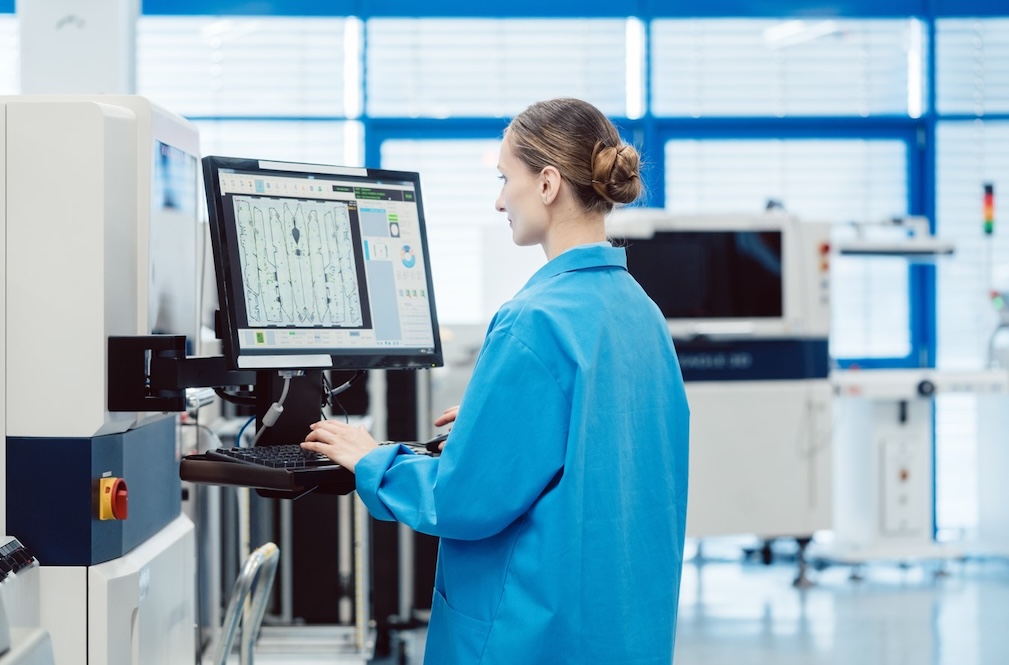Using Capability Analysis, we can precisely determine how consistently a given manufacturing process can meet prescribed requirements. This metric is not merely a simple statistical figure but provides genuine insight into manufacturing process performance and improvement opportunities. Using the Process Capability Index enables companies to recognise and correct quality deviations promptly, thereby significantly reducing the number of defective products and associated costs. Regular measurements and analyses ensure that production line performance meets expectations continuously, while establishing a foundation for further optimisation.
Why is Process Capability important?
Process Capability demonstrates a manufacturing process's ability to meet prescribed quality requirements. It examines how accurately the production line can maintain product characteristics within expected specifications.
This indicator is important in manufacturing processes because it directly correlates with the proportion of defective products and thus the economic efficiency of production. The higher the Process Capability Index value, the more reliable and stable the manufacturing process.
Specification limits
During the manufacturing process, every product must meet certain quality requirements, which are defined by specification limits. The upper specification limit (USL) indicates the maximum value still considered acceptable, whilst the lower specification limit (LSL) determines the minimum acceptable level.
The nominal value is situated between these two limits and represents the ideal target value we wish to achieve during manufacturing. The Process Capability Index helps us measure how capable the manufacturing process is of consistently approaching this target value whilst keeping product characteristics within the specified limits.
These three values collectively define the range within which the manufacturing process must operate to ensure appropriate quality.
Process Capability and Process Capability Index
The Cp indicator shows the basic capability of the manufacturing process, demonstrating how well the process can operate within specification limits. This indicator exclusively considers process variation, assuming that the mean is precisely centred between the specification limits.
Cpk is a more sophisticated metric that considers variation and the shift in the process mean, thus providing a more realistic picture. As in practice, it is rarely possible to perfectly centre the production. When calculating Cpk, we examine the distance from both the lower and upper limits and consider the smaller value.
The main difference between the two indicators is that whilst Cp assumes an ideal case, Cpk reflects the actual situation. In practice, the Cpk value is always less than or equal to the Cp value. If the two values are equal, it means that the process is perfectly centred. In industry, values above 1.33 are generally considered acceptable for both indicators, meaning that the process can reliably operate within specification limits.
Achieving appropriate values is crucial from a quality assurance perspective, as these indicators help predict the expected quantity of defective products and process stability. In modern production management systems, these indicators are continuously monitored and analysed to maintain quality.
Influencing factors
The Process Capability Index value is influenced by numerous factors, which can be usefully divided into two main groups: internal and external factors. Let's examine in detail the most important influencing elements that require particular attention.
Internal factors
The condition of machinery fundamentally determines manufacturing process quality. A worn or improperly maintained machine can significantly increase the number of defective products. Regular maintenance and condition assessments can prevent unexpected shutdowns and quality deterioration.
Tool quality also plays a crucial role. Using worn or damaged tools directly affects the accuracy of the final product. This can be especially critical in precision manufacturing, where even micron-level deviations can be significant.
The accuracy of measuring instruments is perhaps one of the most critical internal factors. It's pointless to manufacture at an excellent quality if our measurement system cannot properly detect this. Regular calibration and professional handling of measuring instruments are essential for reliable quality control.
External factors
Environmental effects are often pushed into the background, yet they can significantly influence the manufacturing process. Temperature, humidity, or even the presence of dust can all affect the result. In precision manufacturing, strict control of environmental parameters is important.
The human factor's role cannot be neglected even in the most automated production lines. The experience, qualifications, and motivation of operators are directly related to manufacturing quality. Regular training and ensuring appropriate working conditions are important.
Fluctuations in material quality often cause headaches for manufacturers. Supplier quality assurance and strict inspection of incoming materials can help minimise this risk. It's worthwhile establishing long-term partnerships with reliable suppliers.
The Process Capability Index is a fundamental tool in modern manufacturing process quality assurance, helping to understand and optimise production line performance. The Cp and Cpk indicators provide an accurate picture of how capable our processes are of consistently performing within specification limits. These metrics help evaluate current performance and play a key role in identifying areas for improvement.
The ProDSP team has nearly two decades of experience in validating and optimising production line measurement systems. Our experts offer personalised solutions, whether for implementing new systems or developing existing ones. Please contact us with confidence so that together we can find the solutions best suited to your manufacturing processes!




